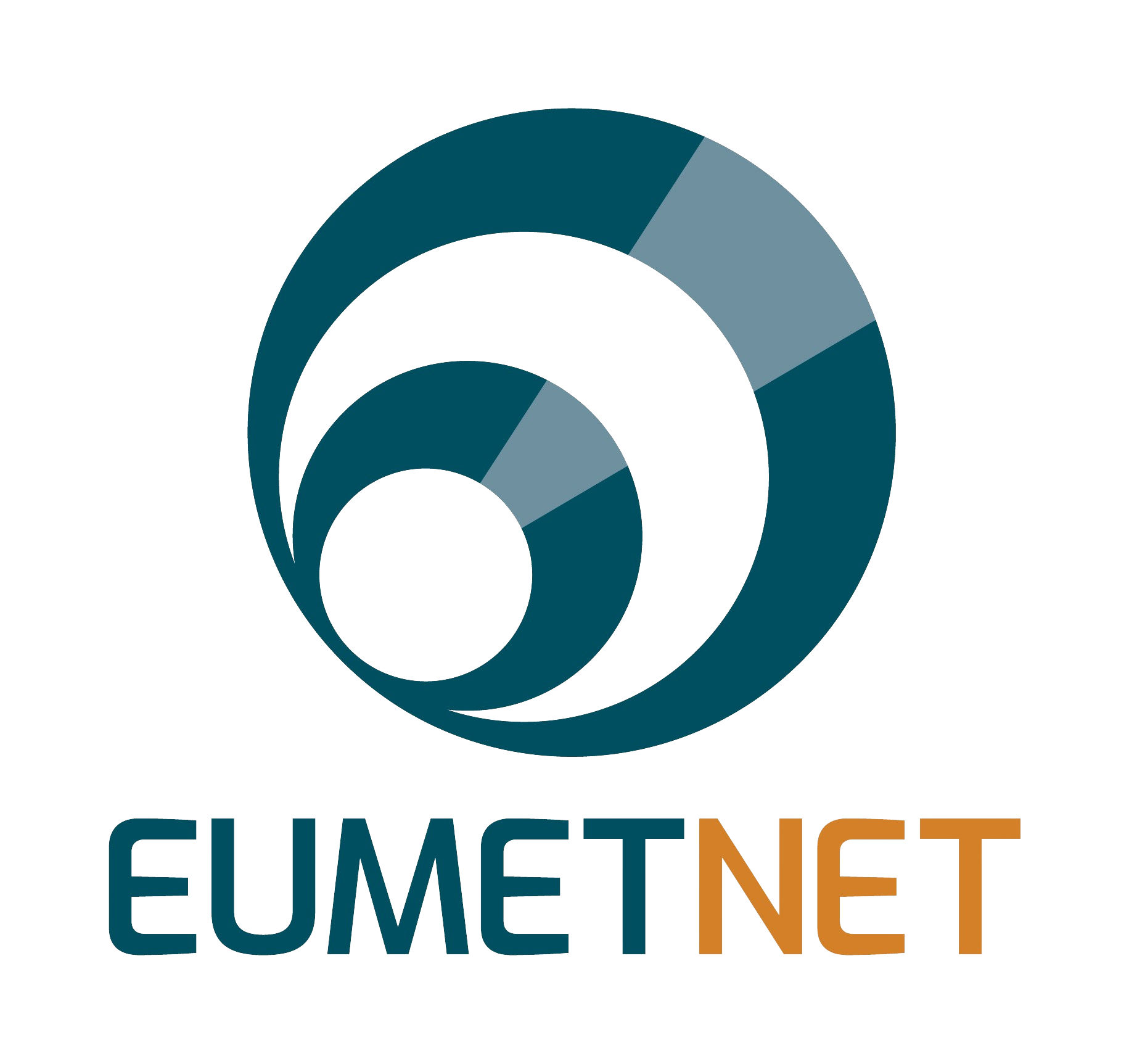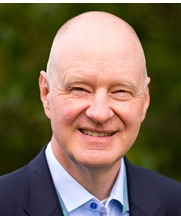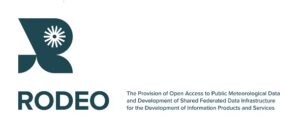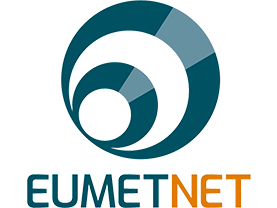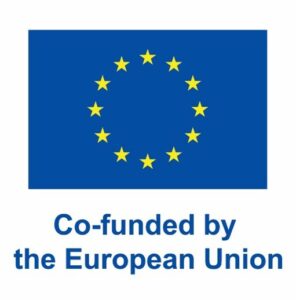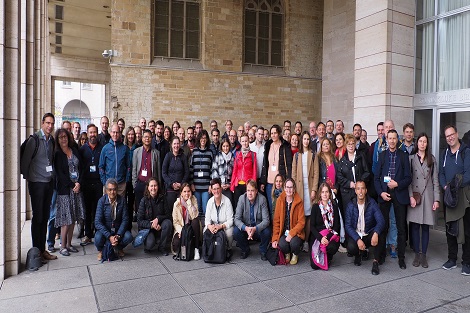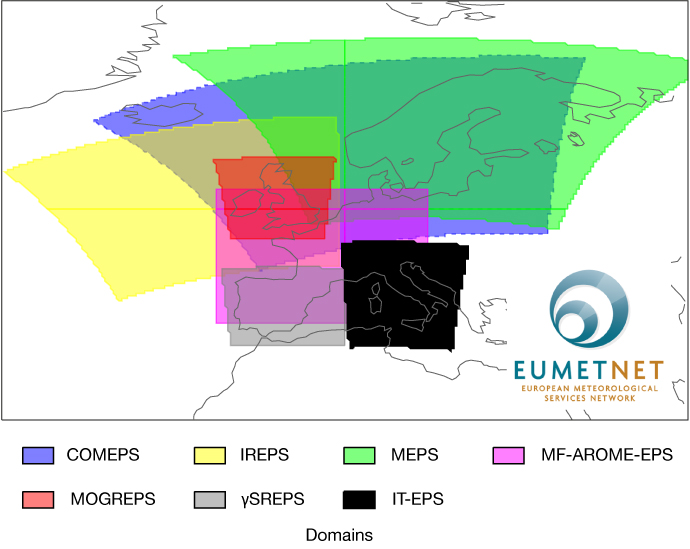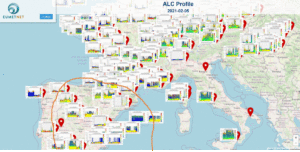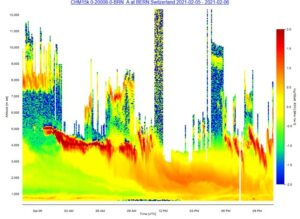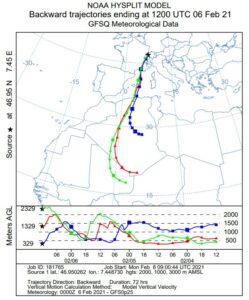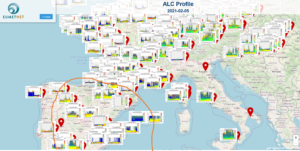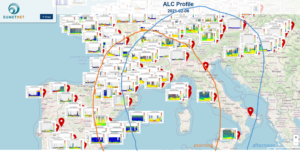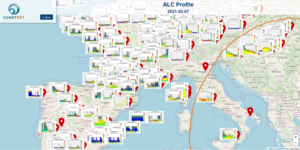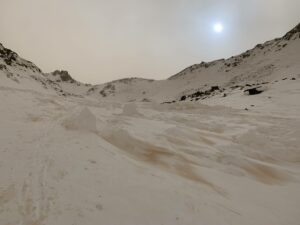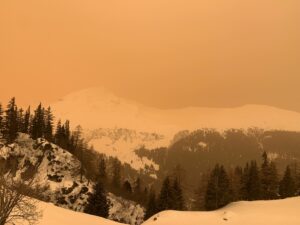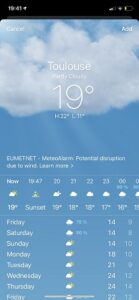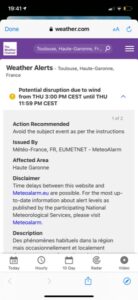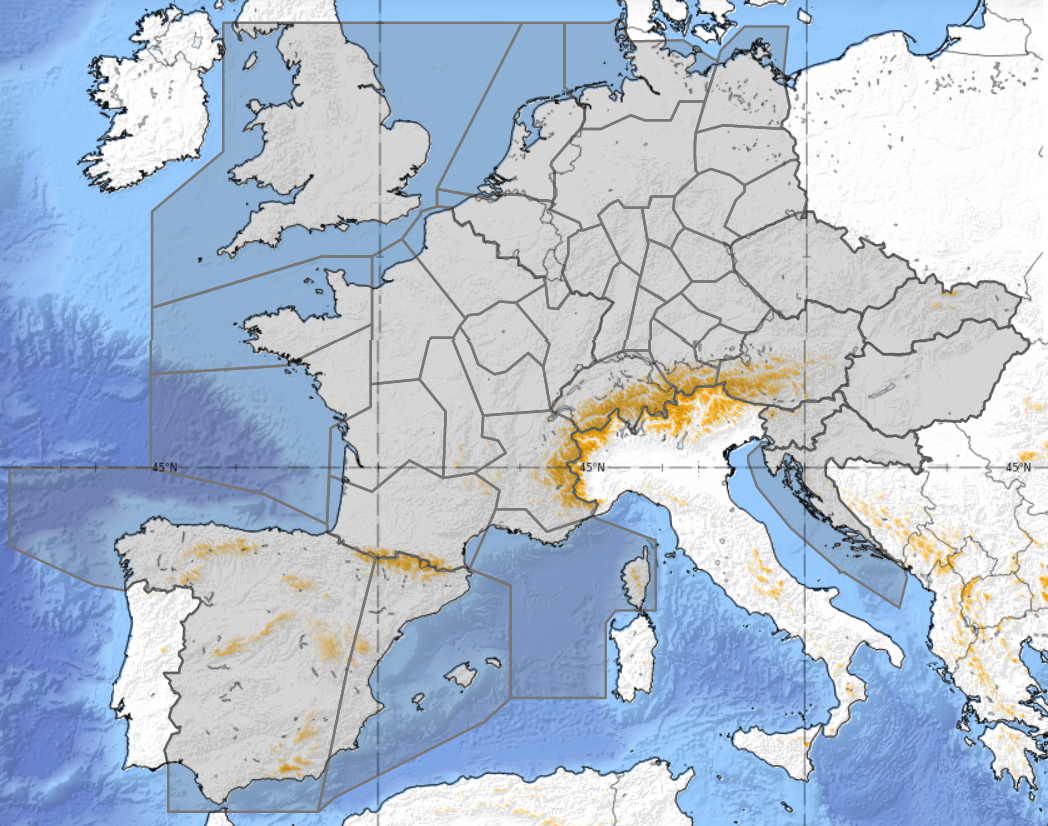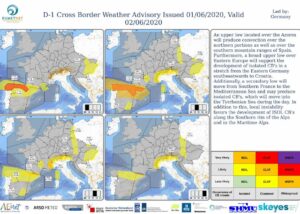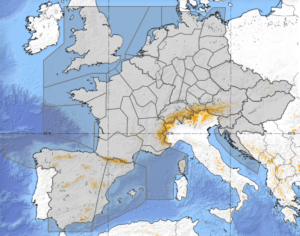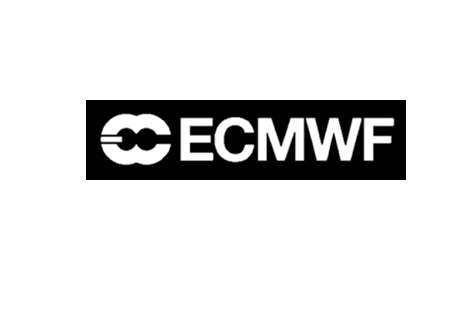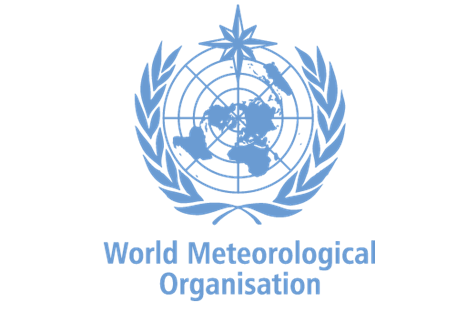
The WMO SG, Celeste Saulo, and the EUMETNET Executive Director, Klemen Bergant, have signed the MoU between EUMETNET and WMO.
The aim of this MoU is to enhance collaboration in matters of mutual interest, such as meterological observation systems and data infrastructure, weather and climate services, the promotion and implementation of early warning systems, reserach and development, education and training, etc.
WMO activities such as the WMO Information System (WIS), the WMO Integrated Global Observation System (WIGOS) and joint initiatives such as the WMO-IATA Collaborative AMDAR Programme (WICAP), the Global Framework for Climate Services (GFCS) and several others provide a general framework for cooperation.
The signature of this agreement means that the excellent cooperation between WMO and EUMETNET will continue and be enhanced over the next five years.
